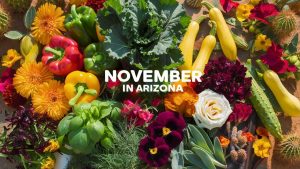In this comprehensive guide, we’ll dig into how to determine seed-starting dates, the specific seeds to plant in June, and timing considerations for both spring and fall planting. Each plant featured here will have its own section to provide unique insights.
When to Direct Seed Flower and Vegetable Seeds Outdoors in the Spring
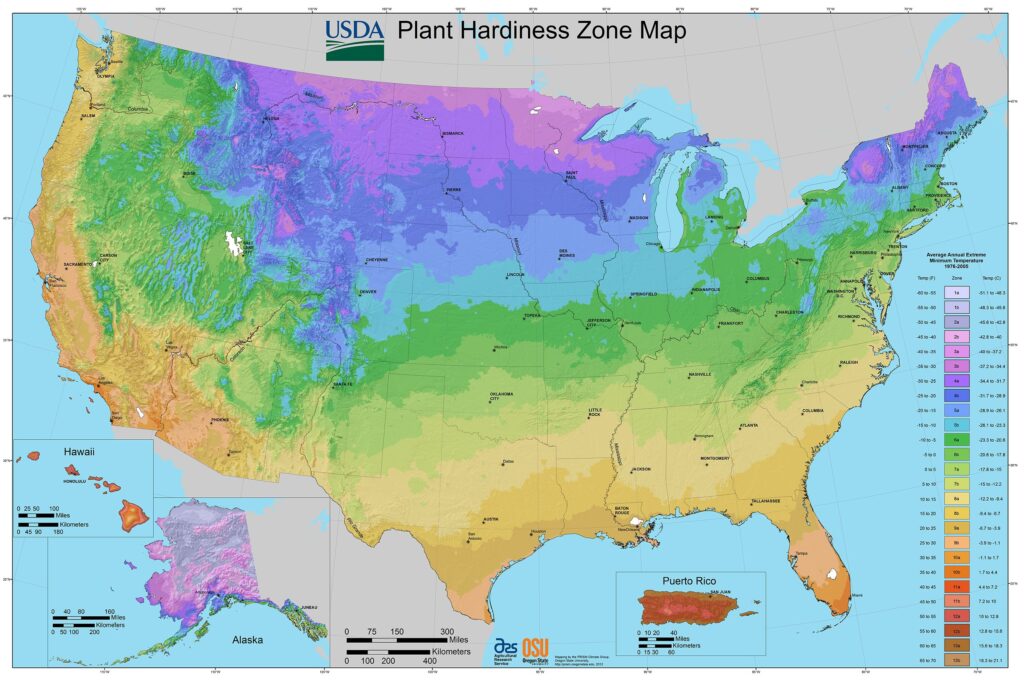
In Zone 6, the general recommendation for direct seeding outdoors is that once the soil temperature warms to about 60°F (15.5°C), most summer crops can be seeded directly. When sowing, ensure your local soil conditions are optimal by testing pH and nutrient levels if possible.
Consider the seeding depth and spacing as you plant; this will protect young seedlings from overcrowding, which can stunt growth and lead to poor air circulation. For example, direct seed beans about one inch deep and three inches apart, while corn can be spaced 12 inches apart in rows.
To help retain moisture and regulate soil temperature during these warmer months, using mulch around your plants can be beneficial. This tactic minimizes weeds and promotes healthy growth.
Green Beans
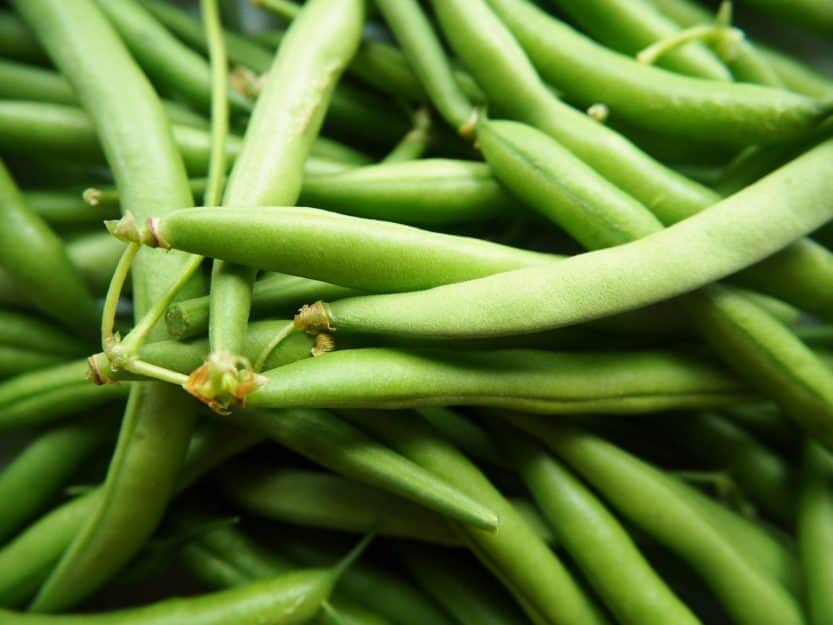
Green beans are a staple in many home gardens, and they thrive when planted in June. These vegetables can be directly sown into the soil once the threat of frost has passed. Beans grow rapidly and are generally ready to harvest in about 50-70 days, depending on the variety.
Growing Tips: Plant bean seeds about one inch deep and three inches apart. Provide a support structure if you choose pole bean varieties, as they will climb and produce a higher yield. Mulching around your beans will retain moisture while suppressing weeds.
Corn
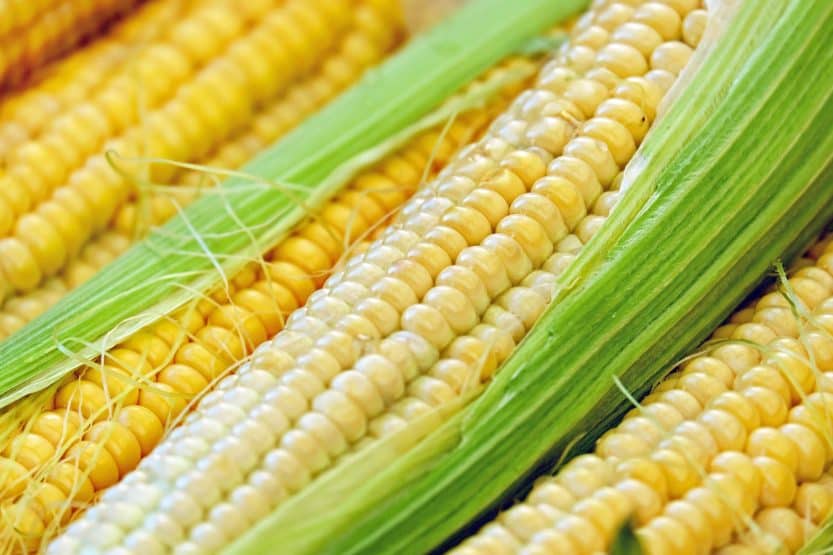
June is an excellent time to plant corn directly in the soil. This summer favorite is not only delicious but also a great pollinator plant, attracting bees and other beneficial insects to your garden. Corn typically requires a fair amount of space and needs warm soil for optimal germination.
Growing Tips: Sow corn seeds about one inch deep and space them 10-12 inches apart in rows. To improve pollination, plant corn in blocks rather than long rows, allowing better wind distribution of pollen. Keep the soil evenly moist but not soggy for the best results.
Squash
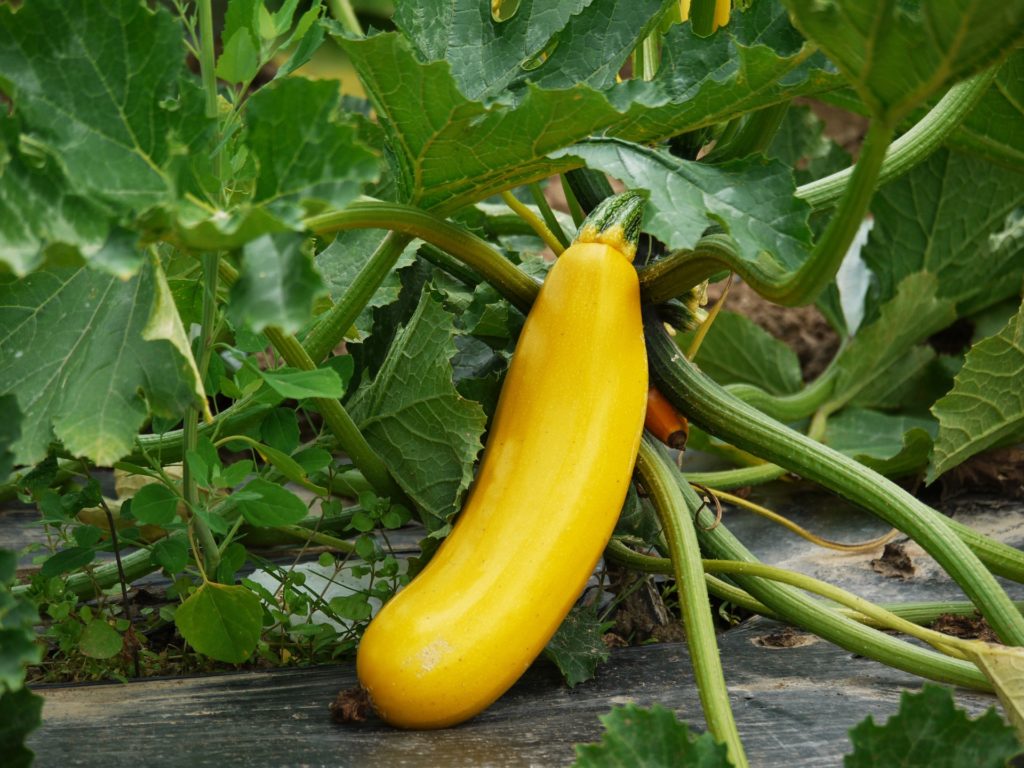
Both summer and winter squash can be sown in June, making them a versatile choice for your garden. These plants thrive in warm soil and will produce a bountiful harvest as long as they have adequate space and sunlight.
Growing Tips: Sow seeds about one inch deep, giving them plenty of room—at least three to four feet between each plant. Squash plants can benefit from a nutrient-rich compost mix added to the planting hole, which will support their rapid growth.
Cucumbers
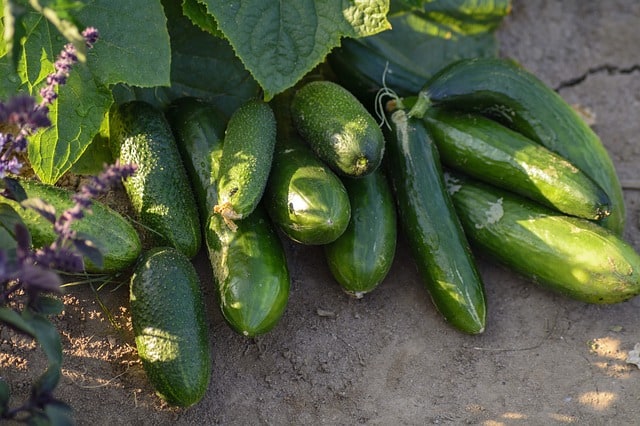
Cucumbers are fast-growing vegetables that love warm weather, making them perfect for June planting. Whether you enjoy snacking on them fresh, pickling them, or adding them to salads, cucumbers are a versatile garden vegetable.
Growing Tips: Plant cucumber seeds about one inch deep, spacing them 18-36 inches apart. Consider using trellises to support climbing varieties, which can save space and promote better air circulation that helps prevent disease.
Pumpkins
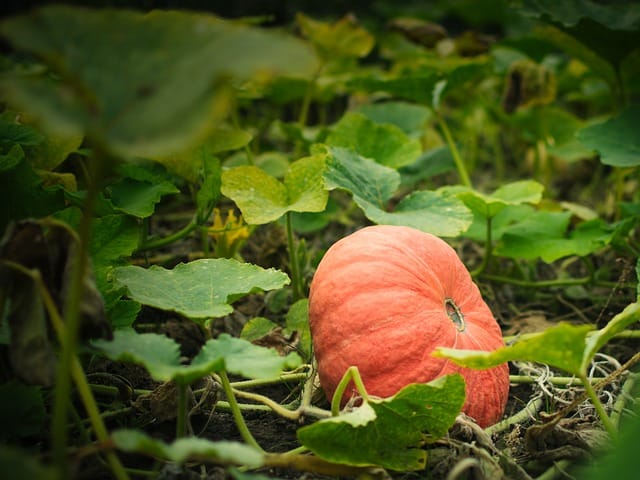
If you want to grow pumpkins for Halloween or fall decorating, June is the ideal time to plant them. These vining plants need several months to mature, and starting them now will allow you to enjoy a successful harvest in the fall.
Growing Tips: Sow pumpkin seeds about one inch deep and provide ample space, ideally four to five feet between each plant. Make sure to amend your soil with organic matter for rich nutrients, and keep an eye on watering as pumpkins require a lot of moisture.
Zinnias

Zinnias are a fantastic choice for adding vibrant color to your summer garden. They flourish in sunny spots and can be direct-seeded outdoors in June. These flowers also attract pollinators, making them a lovely choice for both beauty and ecosystem health.
Growing Tips: Sow zinnia seeds about ¼ inch deep and space them around 8-12 inches apart to allow for full growth. Deadhead spent blooms to encourage continuous flowering throughout the summer and increase your garden’s visual appeal.
Sunflowers

Brighten your garden this June with sunflowers! These cheerful giants can be planted at almost any point in the growing season, allowing you to add a splash of color as summer unfolds.
Growing Tips: Plant sunflower seeds about one inch deep and space them 12-18 inches apart. Depending on the variety, some might need support from stakes as they grow tall. Sunflowers enjoy full sun and will thrive with moderate watering.
Basil
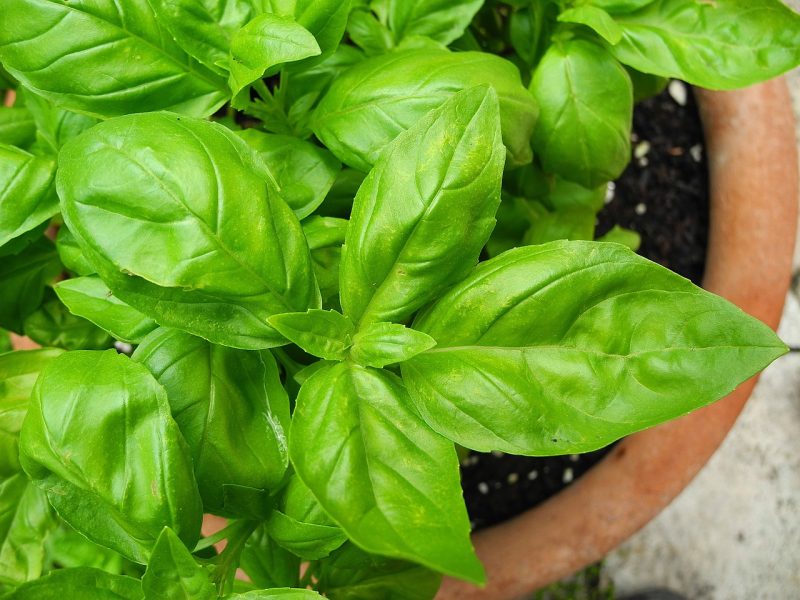
This aromatic herb thrives in the heat of summer and can be directly seeded into your herb garden in June. Basil is an essential herb for many kitchens, providing freshness to countless dishes.
Growing Tips: Sow basil seeds about ¼ inch deep and space them 10-12 inches apart. Regularly trim the top leaves to encourage bushier plant growth, and consider planting basil alongside tomatoes to improve flavors.
Determine Your Frost Date
The first step in planning your garden is to identify your last frost date, which marks when you can safely move seedlings outdoors. In Zone 6, the average last frost date typically falls between mid-April and early May. However, variations can occur based on your specific location and yearly climate fluctuations. To find the precise frost date for your area, consider checking local extension office resources, gardening clubs, or online frost date calculators.
Knowing this date will help you time your seed starting perfectly. For example, if your last frost date is around May 10, your seedlings should ideally be ready to go outside after that date, allowing you to plan your indoor seed starting about 6-8 weeks before that date.
Plan for Fall
While June is the peak of planting for summer crops, there’s a crucial aspect to consider: your fall garden. Counterintuitively, planning for your fall harvest starts now. In Zone 6, many crops can be sown in late summer to mature before the onset of colder weather. This means you should be aware of crops like kale, spinach, and certain varieties of beets and carrots that can be planted in early June for a late fall harvest.
With this foresight, you can stagger your planting schedule, which not only maximizes your garden’s productivity but allows you to enjoy fresh vegetables and flowers straight through until frost approaches.
When to Start Seeds
Understanding when to start your seeds—including both flower and vegetable varieties—is essential for a flourishing garden. While June may be known for direct sowing, knowing when to start seeds both indoors and outdoors will keep your garden blooming beautifully all season.
Starting Seeds for Fall Planting
As June progresses, your thoughts might begin looking towards the fall bounty just as much as the summer harvest. Some crops can still be started in June for a successful fall garden. Here are some specific suggestions:
Kale

Kale is a hearty green that is well-suited for late-summer planting. It’s incredibly nutritious and can often withstand cooler temperatures, making it ideal for a fall harvest.
Growing Tips: Direct seed kale about ¼ inch deep, spacing seeds 12 inches apart. Kale can be harvested as baby greens or allowed to mature into full heads. As temperatures drop, the flavor often becomes sweeter, making it a perfect addition to your winter dishes.
Spinach
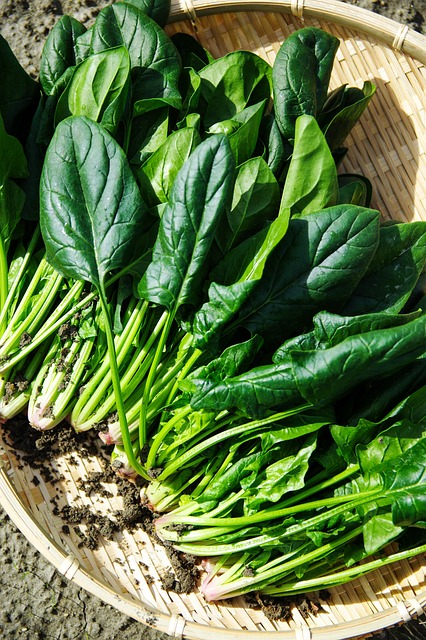
Spinach is another excellent option for late spring and summer planting that will thrive well into the fall. Fast-growing and nutrient-packed, spinach can be seeded directly in June for a successful harvest.
Growing Tips: Sow spinach seeds about one inch deep and space them 2-4 inches apart. Be mindful of moisture, as spinach prefers consistently damp soil. Planting in partial shade can help prevent bolting during hot weather.
Radishes
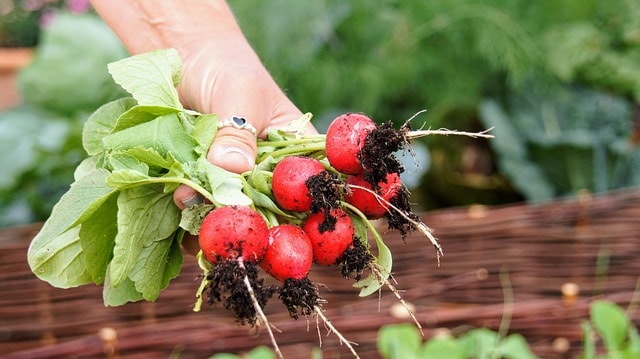
Radishes are renowned for their rapid growth, making them a fantastic choice for direct sowing in June. With their crisp texture and peppery flavor, they are perfect for salads and garnishes.
Growing Tips: Plant radish seeds about half an inch deep, spacing them 1-2 inches apart. These seeds germinate quickly, and you can expect to harvest your radishes in just 25-30 days. Thin out your radishes as they grow to give them room to develop fully.
Carrots
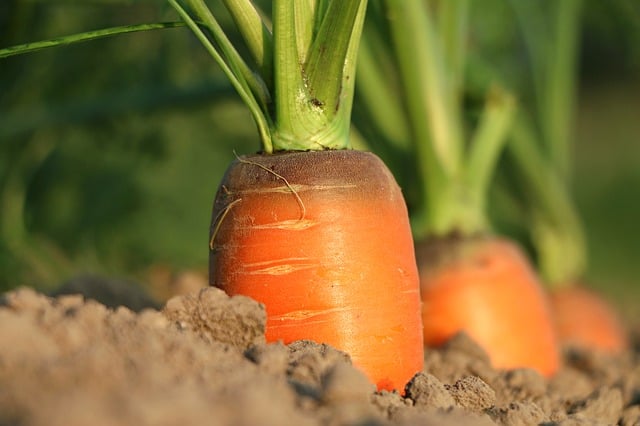
For a sweet and crunchy addition to your garden, consider planting carrots in June. These root vegetables take a bit longer to mature but will provide a rewarding harvest come fall.
Growing Tips: Sow carrot seeds about ¼ inch deep and thin them to be 2-4 inches apart when seedlings are a few inches tall. Keep the soil consistently moist and weed-free to ensure healthy carrot growth.
Turnips
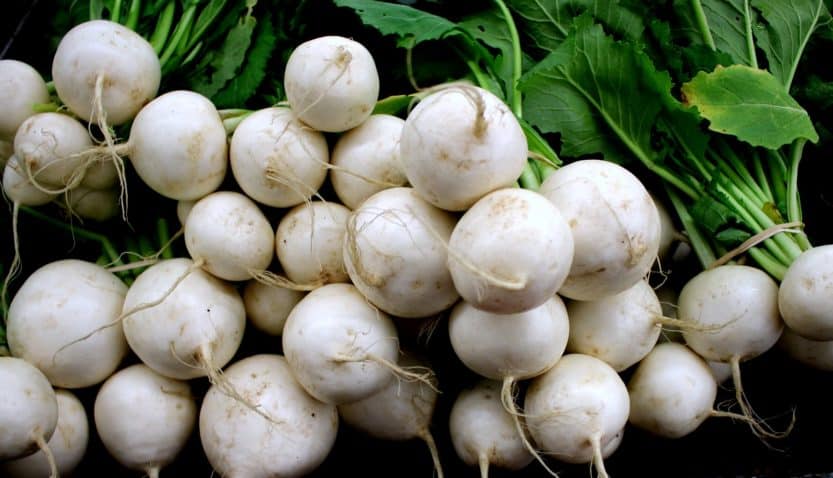
Much like carrots, turnips can be sown in June for a fall harvest. These versatile root vegetables thrive in cooler temperatures, ensuring that you can enjoy them in your winter meals.
Growing Tips: Sow turnip seeds about ½ inch deep and space them 4-6 inches apart. They can tolerate some crowding but will yield better with proper spacing. Regularly monitor moisture levels in the soil for optimal growth.
Conclusion
Gardening in Zone 6 provides a rich and rewarding experience, especially when it comes to planting in June. From the excitement of direct sowing warm-season crops to planning for a successful fall harvest, the opportunities are plentiful. Understanding seed starting dates, being aware of your local frost date, and diversifying your plants with both summer and fall crops allows you to create a dynamic and thriving garden.




